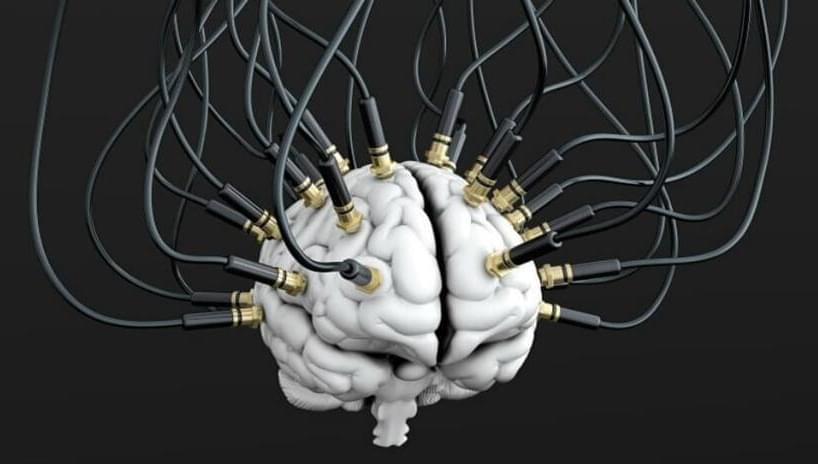There are now quite a few electric surfboards on the market, and they almost all work in the same way – their jet drive runs for as long as you squeeze a throttle on a handheld remote. The Jetson is different, in that it provides temporary boosts as needed.
Manufactured by Florida-based startup Jetson Surf Technology, the board is currently the subject of an Indiegogo campaign.
As far as its conventional features go, the Jetson sports four removable fins, epoxy resin construction, and is being offered in three lengths catering to individual users’ body size, skill level and surfing style. The choices are 6 ft/8 in, 8 feet and 9 feet (2, 2.4 and 2.7 m), which reportedly tip the scales at 19, 21 and 23 lb (8.6, 9.5 and 10.4 kg), respectively.







